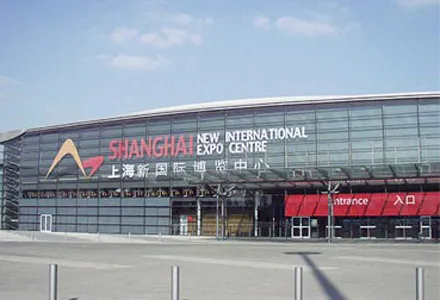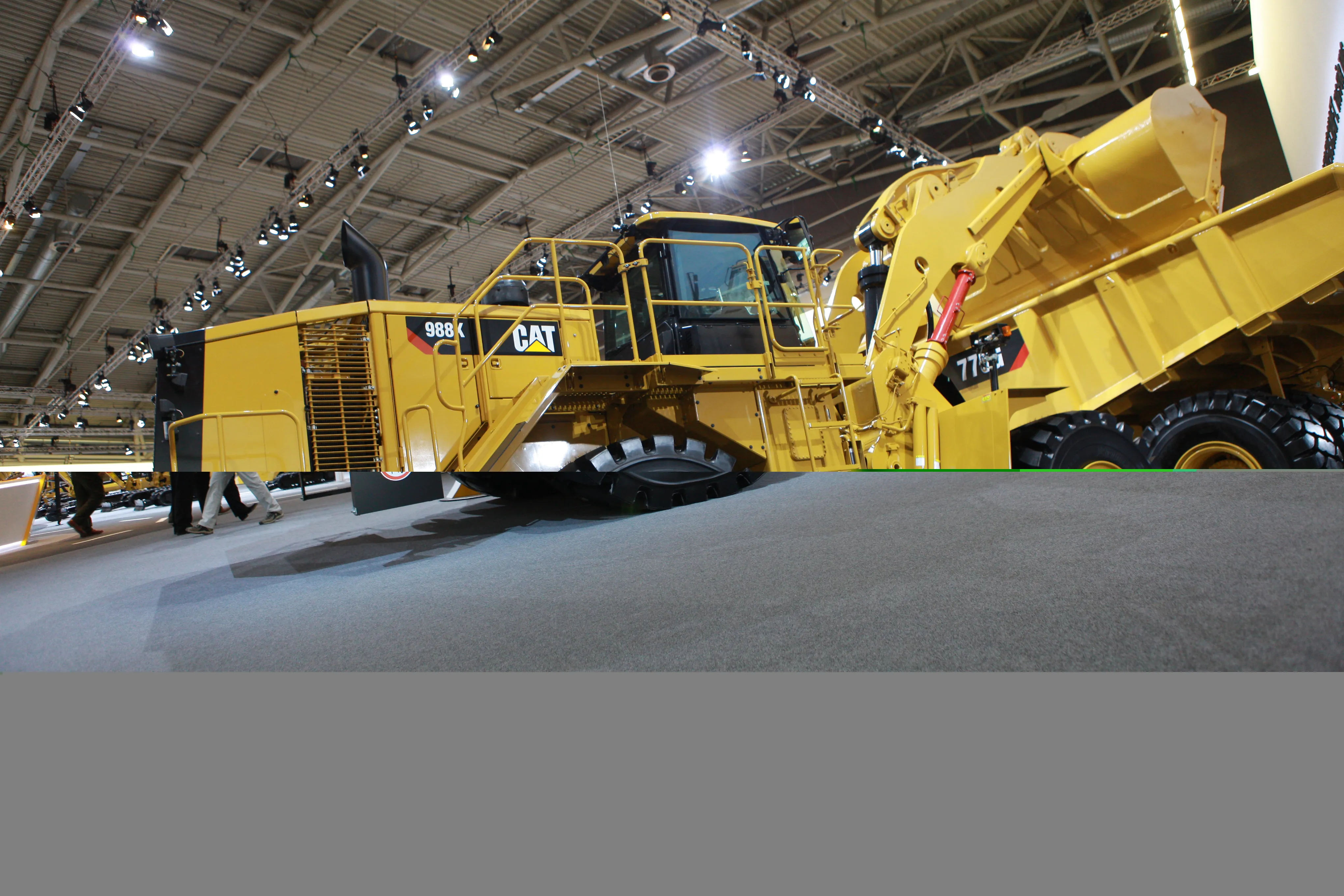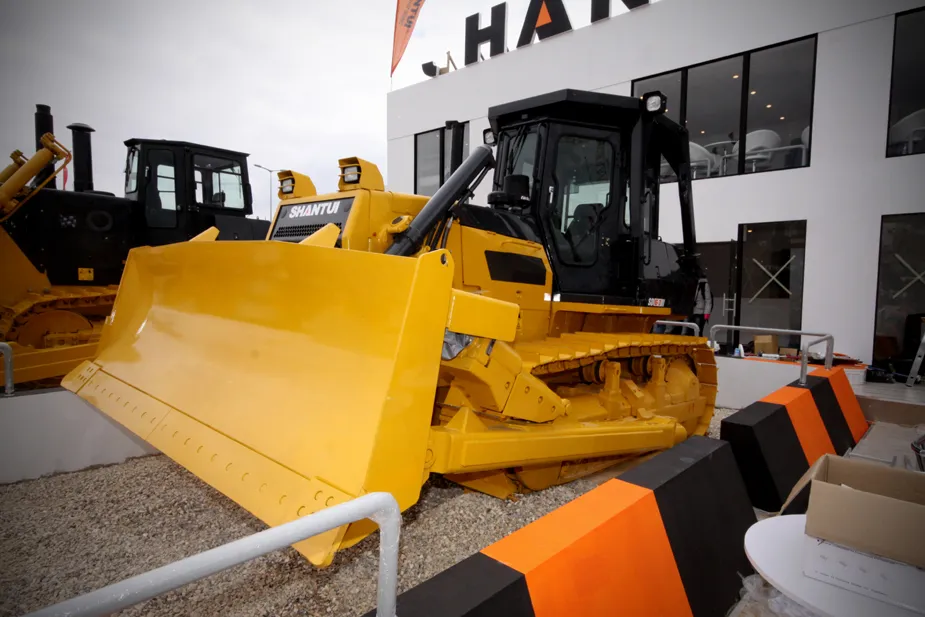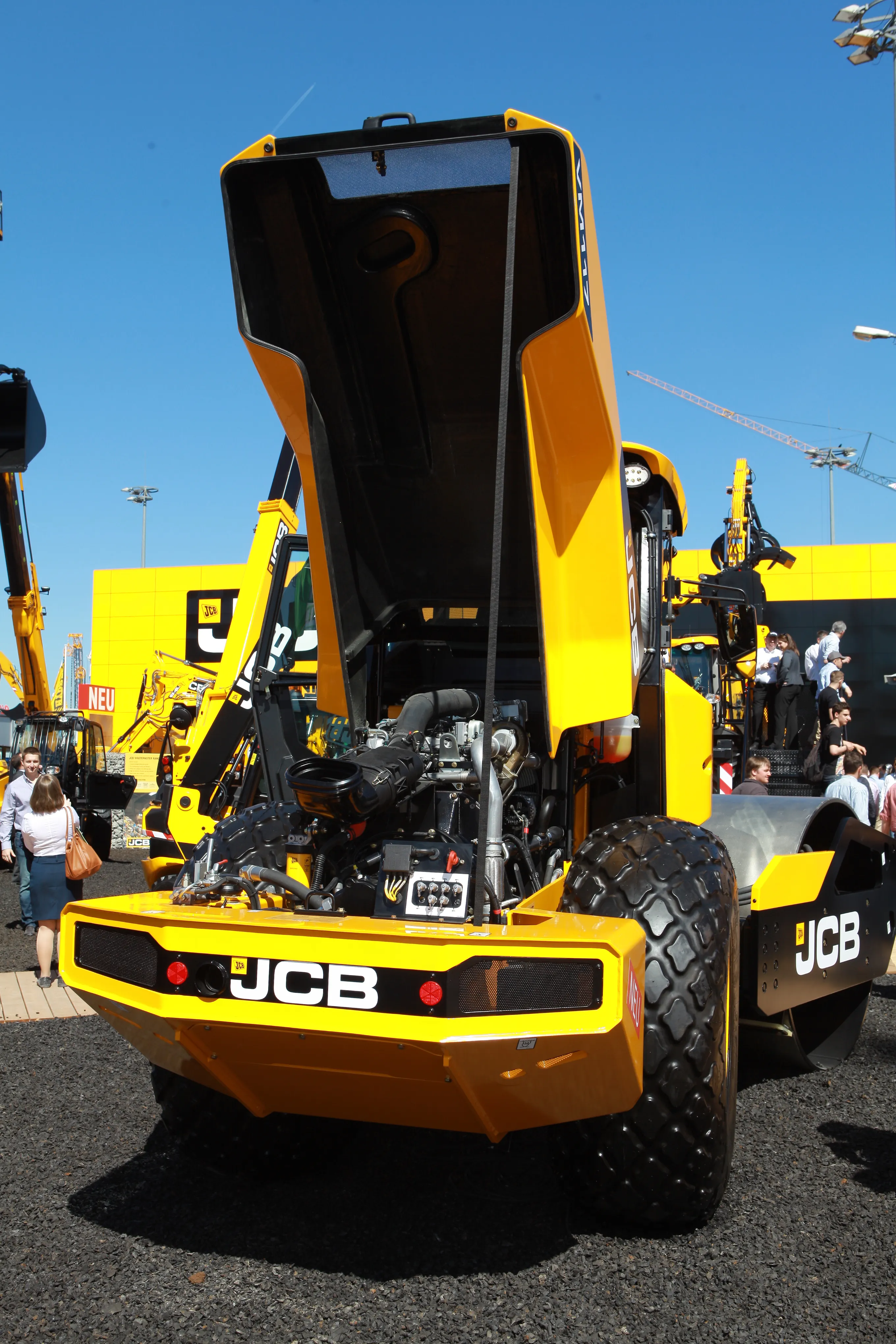Cheng Gong’s new factory in the central city Chengdu was completed in 2011. This state-of-the-art facility is capable of producing up to 30,000 units/year, although current production is below that level following the downturn in Chinese domestic demand. Like many of its larger Chinese competitors, Cheng Gong is using the lull to focus more of its attention on developing its export business. It currently sells most of its export machines to Africa, the Middle East and South America, but is targeting all eme
November 23, 2012
Read time: 2 mins

Cheng Gong’s new factory in the central city Chengdu was completed in 2011.
This state-of-the-art facility is capable of producing up to 30,000 units/year, although current production is below that level following the downturn in Chinese domestic demand.Like many of its larger Chinese competitors,
At the moment Cheng Gong’s export product range is smaller than some of its Chinese competitors and currently comprises wheeled loader models, as well as backhoe-loaders and graders. However the company is investing in new product development and is expanding its model range with the addition of new wheeled loaders, backhoe loaders and graders.
The company offers a full range of power options to meet the needs of various markets. These include CE-certified Stage IIIA/Tier 3 versions of most models, while the firm is also planning to have
For bauma China 2012, Cheng Gong will show its new 966H wheeled loader, a 6tonne class machine that slots into the range between the existing 5tonne and 9tonne models. This machine will primarily be aimed at the Chinese market but the company intends to offer it to the export sector in due course.
%$Linker:








